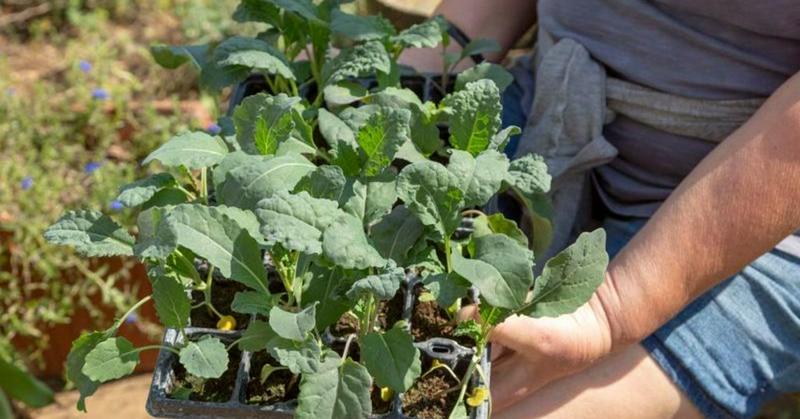Brassicas That Come From The Same Plant: Broccoli, Cauliflower, Brussels Sprouts, Cabbage, Collard Greens, Kale, Kohlrabi
By | February 23, 2021

You may have heard that corn was transformed by the farmers of southern Mexico from a grass-like plant into the hearty and substantial grain that it is today, but it has nothing on the Brassica oleracea plant. Ancient farmers bred half a dozen of the leafy greens we depend on to keep our doctors off our backs today by tinkering with this one common European plant.
Brassica Oleracea
Thousands of years ago, different farmers in different regions selectively bred Brassica oleracea, which is actually a type of wild mustard that grows around the northern Mediterranean area, in different ways. Some selected for different kinds of leaves to create what we call kale, Chinese broccoli, and collard greens. Others focused their genetic modifications on the plant's terminal buds to produce cabbage, florets to produce cauliflower and broccoli, or stems to produce kohlrabi. Even just by tweaking the axillary buds, Brussels sprouts were born. These plants may look vastly different from each other, but they're so closely related that they can mate with each other. In humans, that's usually a bad thing, but on a species level, too much difference usually means infertile offspring.

The Timeline Of Kale
While botanists don't have a complete understanding of the history of Brassica oleracea, its domestication, or its evolution into different vegetables, we do know that humans began toying with the plant's genetics before the time of Ancient Greece. Greek physician Theophrastus, who lived between 371 and 287 B.C.E., wrote in his book Enquiry Into Plants that farmers had already begun to grow three varieties of the plant, including collard greens and kale.

The Evolution Of Cabbage
Cabbage, on the other hand, took significantly longer. Botanists believe it was a well-established variation of Brassicas oleracea by the 1200s after farmers bred the plant's terminal bud—the tight cluster of immature leaves at the base of the plant's stems—to ever-increasing sizes. From there, they developed a wide array of cabbages, including red cabbage, white cabbage, and savoy cabbage.

The Development Of Kohlrabi
The birth of kohlrabi took even longer, first mentioned in Europe in the 1500s. It was created by breeding for more plant tissue in the main stem while keeping the terminal bud small. Over time, and through careful cultivation, the thick stem became a bulb-like structure from which the plant's leaves grew. When you purchase kohlrabi from the grocery store or farmer's market, the leaves have usually been removed, but you can still see the small stems.

Growing Brussels Sprouts
Brussels sprouts may look like tiny cabbage heads, but they grow differently from cabbage. Naturally, they were developed in Belgium in the 1200s, and they actually form on the stalk of the plant. The immature leaves have been selectively bred to cluster there into tight mini heads, which are harvested when they begin to open and spread their leaves.

The Flowering Of Broccoli And Cauliflower
As far back as the 1500s, farmers successfully transformed the biennial Brassicas oleracea into an annual plant that thus flowered sooner. Then they just went wild with it, and that's how we got the flowery broccoli and cauliflower. The florets, arranged in clusters, form from the central stem of the plant, and even today, the leaves of the broccoli plant are very similar to that of collard greens, only tougher. In fact, if the broccoli head is not harvested, the florets open to reveal similar flowers. Most likely, cauliflower was developed sometime after broccoli was established, presumably after someone thought, "You know, this 'broccoli' business tastes like heaven, but I just wish it wasn't so vibrant."

